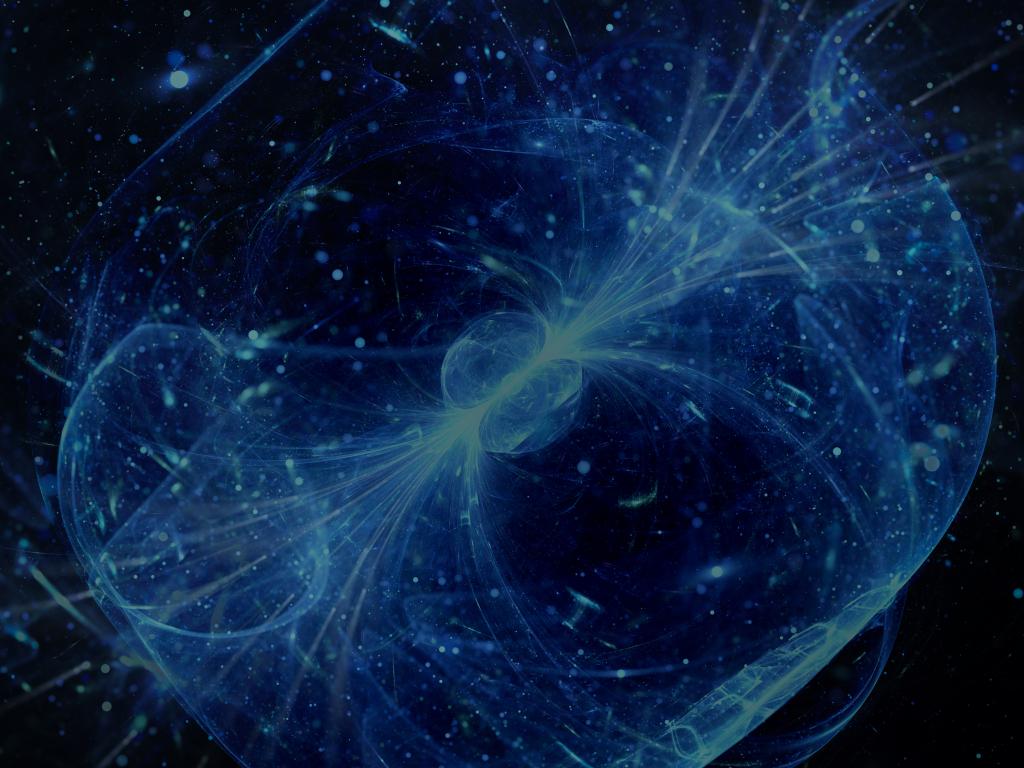Admission CTAs
Amazing New Horizons
The New Horizons spacecraft continues to provide scientists new insights into our solar system. In April, the New Horizons spacecraft gave another “first” for scientific exploration. It carried out the first interstellar parallax measurement, a unit of measurement indicating the shift of a star or object against the backdrop of further objects. Stars four billion miles away from Earth appear to be in slightly different positions relative to much further background stars compared to where they appear when scientists look at them from the Earth. This is called parallax. One can illustrate this by holding your thumb upward at arm’s length. First, look at your thumb from one eye with the other eye closed, and then with the other eye. The thumb will appear to be in different positions relative to the background. Using geometry, that difference in position can be used to determine the distance to the nearby stars. New Horizons gave scientists a four billion mile “baseline” for a stellar parallax measurement – a first that might not be improved upon for decades.
And the story for New Horizons is not over. The spacecraft still has about one-eighth of its original fuel left, and the instruments are all in good condition. The science team is trying to find another object even further away that could be visited with an adjustment of Pluto’s trajectory. But at those distances it is very difficult to detect objects with the little available reflected sunlight.
Nevertheless, the spacecraft continues to make long-distance studies of other distant objects, as well as the effects of the solar wind in the far reaches of the solar system. It’s safe to say that the New Horizons spacecraft helped rewrite textbooks on planetary science and gave scientists first reconnaissance of our backyard in space. New Horizons has truly given us many new horizons in scientific exploration.
Michael E. Summers is a Professor of Planetary Science and Astronomy in the Department of Physics and Astronomy at George Mason University.
